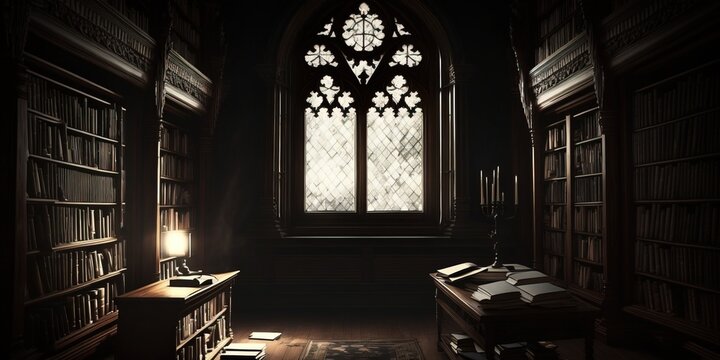
FAQ About Gothic Literature
Gothic Literature
2 years ago | gizem
What is the role of the natural world in Gothic Literature?
The natural world in Gothic Literature often serves as a powerful and symbolic backdrop that contributes to the overall atmosphere and themes of the genre. It can take on various roles, ranging from the sublime and beautiful to the eerie and menacing. Here are some key aspects of the role of the natural world in Gothic Literature:
- Atmospheric Setting: The natural world, including landscapes, weather, and seasons, is used to establish a vivid and atmospheric setting. Gothic stories often unfold in desolate moors, dense forests, isolated islands, or rugged mountains, creating an immediate sense of place and mood.
- Symbolism and Foreshadowing: Natural elements are frequently imbued with symbolism and used for foreshadowing. For example, a stormy night might symbolize impending danger, while a serene garden can foreshadow a false sense of security.
- Eerie and Uncanny: The natural world in Gothic Literature can take on an eerie and uncanny quality. Dense fog, moonlit nights, and mist-shrouded landscapes create an atmosphere of mystery and the unknown, contributing to the sense of the uncanny.
- Mirror of the Psyche: The natural world often mirrors the psychological states of characters. For instance, a raging storm can reflect a character's inner turmoil, while a tranquil meadow may symbolize their momentary peace or happiness.
- Concealment and Isolation: The natural world can be used to isolate characters, making them vulnerable and cut off from help or civilization. It serves as a physical barrier that intensifies the characters' sense of isolation and fear.
- Gothic Architecture and Nature: The contrast between Gothic architecture (such as castles and mansions) and the natural world often plays a significant role. The organic forms of nature juxtaposed with the imposing structures of human-made architecture highlight themes of decay, isolation, and the uncanny.
- Sublime and Beautiful: The natural world can also be depicted as sublime and beautiful, with picturesque landscapes and awe-inspiring vistas. This beauty can serve as a contrast to the darker elements of the story or as a fleeting moment of respite for characters.
- Metaphor for Character Journeys: Characters often embark on physical journeys through the natural world that mirror their psychological or moral journeys. These journeys may lead to self-discovery, redemption, or revelation.
- Supernatural Encounters: The natural world is a common setting for supernatural encounters. Characters may encounter ghosts, spirits, or other supernatural entities in remote and desolate places, heightening the eerie atmosphere.
- Themes of Man vs. Nature: Some Gothic stories explore themes of humanity's struggle against the natural world. Characters may battle treacherous landscapes, harsh weather, or predatory animals, reflecting the idea that nature itself can be a formidable antagonist.
- Transcendental and Spiritual: In certain Gothic tales, the natural world takes on a transcendental or spiritual quality. It becomes a place where characters seek enlightenment, revelation, or a connection with the divine.
